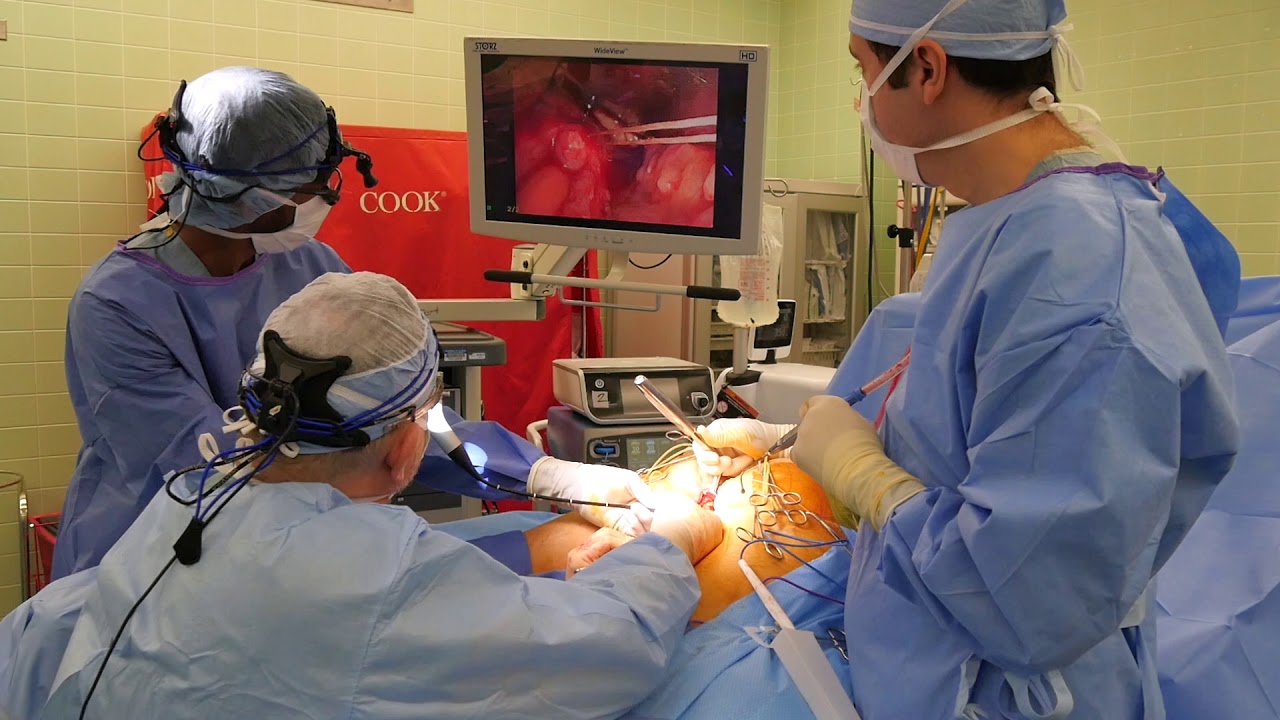You may be wondering: how does transgender surgery work? It is the process of transforming your genital tissue to look more like that of a woman. But you should know that this procedure isn’t a magic cure. Many people who undergo the surgery will also lose their families and friends. They may also lose their jobs and complete independence. Johns Hopkins University recently decided to stop performing sex reassignment surgery after the results showed negative effects.
Changing genital tissue to make it appear more female
Transgender surgery can help men transition into a female role. This procedure changes the shape and size of genital tissue and may include hormone therapy to feminize a man’s sex. Associated surgeries may also include vaginoplasty, facial feminization, and breast augmentation. Lili Elbe was one of the first people to undergo male-to-female sex reassignment surgery. She underwent four operations and was subsequently named Lili.
The procedure is different for every patient. The top surgery involves removing breast and chest tissue and reconstructing the chest to be more masculine. In this surgery, a graft to look like a nipple is placed in its place. However, the sensation of the nipple is reduced and the patient must take hormone therapy for life. However, many transgender women are happy with the results.
Several procedures are involved in gender confirmation surgery. Testicles and a part of the penis are removed. The tissue from the penis is then used to form fully functioning female genitalia. A small portion of the penis head is used as the clitoris, while the remainder of the penis is used to create the vagina and urethra. A penis implant is also used to give the patient an erectile function.
Vaginoplasty is another form of transgender surgery. It involves reconstructing the genitals to make them look more female. A patient can opt to have external female genitalia or a vaginal cavity. This is done through the use of inverted penile skin. The result is a functional vagina and a more aesthetic appearance. Most transfeminine women can experience orgasms after the surgery.
Common surgeries
Among the most commonly performed gender-affirming surgeries are mastectomies, vaginoplasties, and rhinoplasty. But there are some limitations to these studies. For one, they use a formal diagnosis of GID to calculate coverage levels. Moreover, patients who identify as transgender are sometimes reluctant to disclose their gender identity with their health care providers. In addition, they do not include patients on Medicaid or pay for these procedures out of pocket.
The most common surgery for transgender men is a subcutaneous mastectomy, also known as masculinizing chest surgery. This surgery removes unwanted breast tissue to give a masculine chest appearance. Depending on the size of the chest, the surgeon may choose to preserve nipples or areolas or remove them entirely. Other options include liposuction of the chest wall. For transgender women, breast augmentation may be the right option.
Transgender women can undergo a procedure known as non-penile inversion to remove the scrotum. This procedure is also known as the Chonburi Flap or Suporn technique. The grafted tissue is not used as penile tissue, but it is mucosal and self-lubricating. A transgender woman may also undergo an ovariectomy to remove the scrotum, which can lead to an improved cosmetic appearance.
While most transmen begin their transition journey with hormone therapy and supportive counseling, many opt to undergo surgery to complete the transition. While the decision to undergo surgery is personal, the benefits experienced by transmen are typically numerous. These surgeries reduce symptoms of gender dysphoria and increase self-esteem and ability to pass as a man. And as a result, the American Medical Association considers gender transition surgeries to be medically necessary.
Risks
Although transgender surgery is a viable option for many people, risks and complications may arise. Transfeminine surgery involves removing the uterus and ovaries, as well as the breast tissue and excess skin. Some procedures also involve the removal of nipples and areolae, which are hormones that trigger facial hair and chest hair and deepen the voice. Depending on the type of procedure, complications can include bleeding and infections.
A male to female bottom surgery has many risks, such as an obstruction of the vagina and difficulty urinating. The body may reject the grafted skin and the procedure may fail. The anatomy of the organs can also be difficult to recreate, leading to total failure. However, the risks of transgender surgery are far lower than those of other procedures. For these reasons, transgender surgery should only be performed on individuals with severe gender dysphoria.
The Truven MarketScan Database compiled health data from a large cohort of patients who underwent gender-affirming surgery. The database contains information on the types of gender-affirming surgeries, the number of procedures performed and their complication rates. It also includes statistics on the rate of suicide among transgender patients. While these data may not be conclusive, they do provide an overview of some of the risks and complications of transgender surgery.
Transgender surgery can be difficult and requires a long recovery period. The results of this procedure vary from person to person. A typical recovery time for these procedures is six to eight weeks. The procedure results in functional and aesthetic female genitalia. You should understand the risks and complications associated with the procedure before undergoing the procedure. This information will help you make the right decision for yourself. The risks and complications of transgender surgery are discussed before you make your decision.
Costs
The cost of transgender surgery can be a substantial financial burden for a trans man. The surgeries often include options that trans men don’t necessarily want, such as hormone replacement therapy. The prices quoted are for the surgical procedures alone and don’t include hospital stays or anesthesia. These expenses can add as much as $10,000 to $30,000 to quoted prices. Thankfully, many surgeons have staff who can assist in navigating the financial aspects of transgender surgery.
The costs of gender confirmation surgery can exceed $100,000. Although Medicare and private health insurance providers are increasingly paying for such transitional care, many still exclude it. In the United States, gender confirmation surgery can cost upwards of $100,000. This cost depends on the types of procedures you have performed and the type of insurance you have. A typical genitoplasty, for example, costs around $18,000, while a typical rhinoplasty costs approximately $5,409, according to Health Insurance Information.
Health insurance coverage is a critical factor in determining whether transgender surgery will be covered by your health insurance plan. While Obamacare and state laws require insurance providers to cover transgender surgery, the cost of transition is often prohibitively high. Many transgender people do not have the financial means to pay for the surgery. While there are some federal and state laws that provide coverage for such procedures, the National Center for Transgender Equality recommends finding the best insurance for your needs.
In Canada, provincial health insurance policies cover gender reassignment surgery costs, but you may have to pay for other procedures out of pocket. While most provinces cover gender confirming surgeries, many do not cover the aesthetic surgeries that may be required. Additionally, some provinces require you to pay for medications and other incidentals that may arise. You should also consider the fact that the cost of gender reassignment surgery may be more expensive if you have poor credit, but private insurance might be a viable option.
Getting pregnant after surgery
Getting pregnant after transgender surgery may seem like an impossible feat, but it is possible. Some transgender men are able to successfully carry a baby after transitioning. In other cases, transgender women can use donor eggs or stored sperm to conceive. In either case, the pregnancy will require close monitoring of hormones. And, since the process of transitioning itself is already complicated, adding a baby to the mix would be a bit too much for a transgender couple.
Transgender men may experience barriers to obtaining gender-affirming healthcare services. They may need to hide their reproductive intentions to receive gender-related care. In some cases, providers may deny these requests based on their perceived intentions. But, the study also shows that transgender men who become pregnant may experience low levels of testosterone, which could interfere with conception. But, if they’re given the proper medical care, they may become pregnant.
Though the physical process is straightforward, transgender birth parents may face greater challenges when it comes to their mental health. In the Obedin-Maliver and Makadon study, they highlighted the psychological aspects of trans pregnancies. Although the study was not statistically significant, the findings indicated that transgender birth parents reported feelings of isolation and loneliness, and many also reported complex feelings about their gender identity. Despite these challenges, pregnancy is a rewarding experience for transgender individuals.
A discussion about fertility should be part of the transition process with your doctor. While you should discuss fertility with your doctor, it’s important to know what your priorities are. If you want to preserve your fertility for the future, consider having the surgery earlier than the intended date. Some people opt to have children over transition. Others choose to have biological children. Either way, the process should be as painless as possible. The process of becoming a parent is worth the time, love, and energy.



